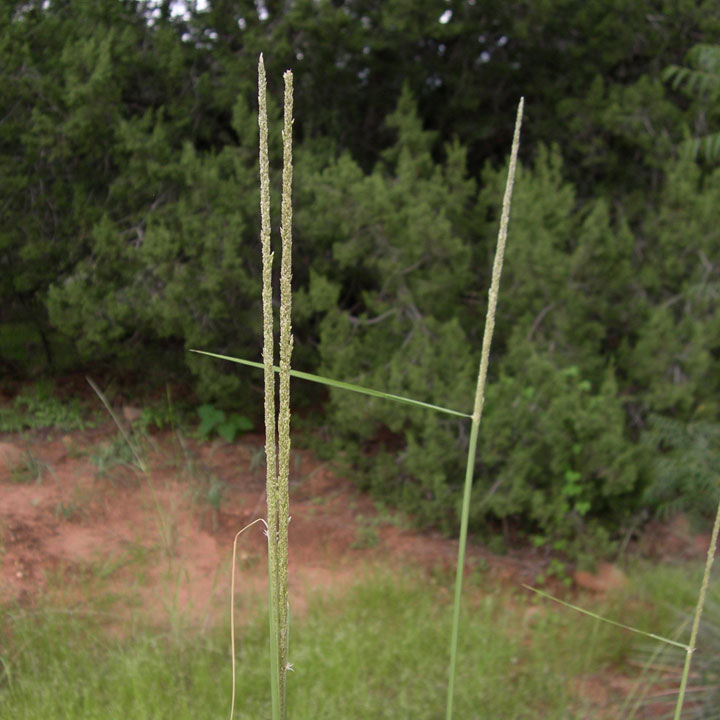- Home
- Search
- Images
- Datasets
- Sample Use
- How to Cite
- Additional Information
- About NEON
- NEON Data Portal
- ASU Biocollections
- About Symbiota
|
Family: Poaceae |
Plants annual or perennial; usually cespitose, sometimes rhizomatous, rarely stoloniferous. Culms 10-250 cm, usually erect, rarely prostrate, glabrous. Sheaths open, usually glabrous, often ciliate at the apices; ligules of hairs; blades flat, folded, involute, sometimes terete. Inflorescences terminal, open or contracted panicles, sometimes partially included in the uppermost sheath. Spikelets rounded to laterally compressed, with 1(-3) floret(s) per spikelet; disarticulation above the glumes. Glumes 0-1-veined; calluses poorly developed, usually glabrous; lemmas membranous or chartaceous, 1(3)-veined, unawned; paleas glabrous, 2-veined, often splitting between the veins at maturity; anthers (2)3. Fruits utricles or achenes, ellipsoid, obovoid, fusiform, or quadrangular, pericarp free from the seed, becoming mucilaginous when moist in most species, remaining dry and partially adherent to the seed in S. heterolepis and S. clandestinus. Cleistogamous spikelets occasionally present in the lower leaf sheaths. x = 9. Name from the Greek sporos, seed, and bolos, a throw, referring to the free seeds, which are sometimes forcibly ejected when the mucilaginous pericarp dries. Spikelets 1-fld, articulated above the glumes; glumes lanceolate to ovate, 1-veined, from much shorter to somewhat longer than the lemma; lemma membranous or herbaceous, rounded on the back, veinless or 1(3)-veined, obtuse to acuminate, awnless; palea about as long as the lemma or longer, of similar texture, usually conspicuous and in some spp. wider than the lemma; grain in most spp. soon separating from the lemma and palea, falling free; pericarp free from the seed; annual or perennial grasses with narrow, often involute lvs, minute or no ligule, and open or contracted panicles of rather small spikelets. 100, mostly of warm reg., esp. in the New World. Gleason, Henry A. & Cronquist, Arthur J. 1991. Manual of vascular plants of northeastern United States and adjacent Canada. lxxv + 910 pp. ©The New York Botanical Garden. All rights reserved. Used by permission. |


